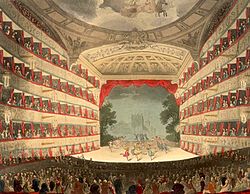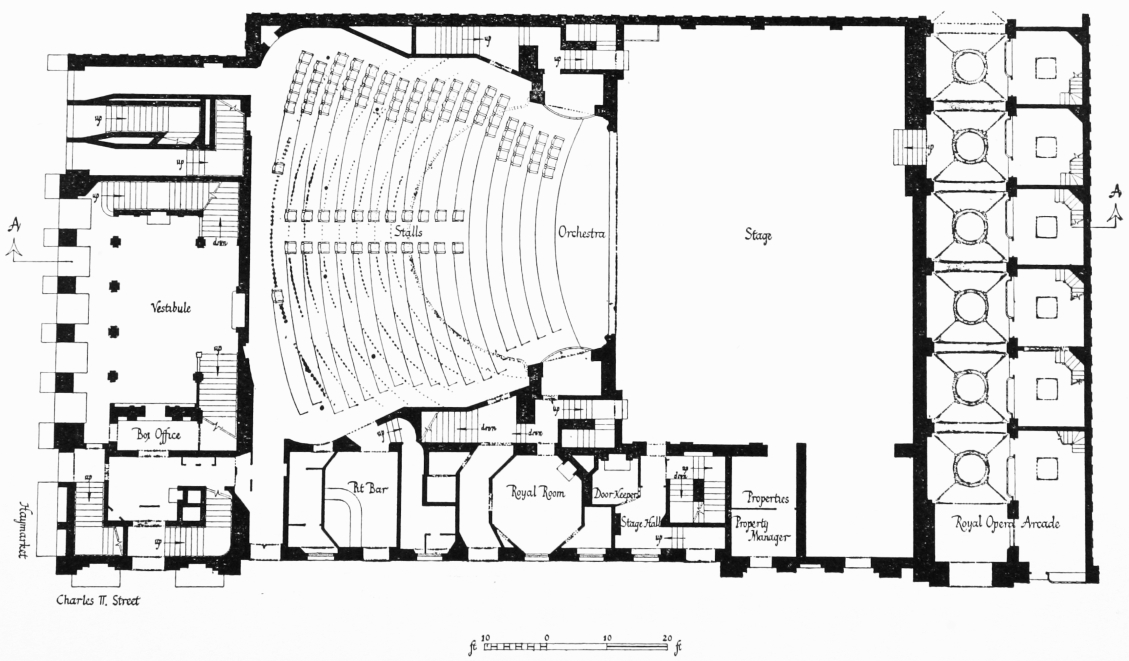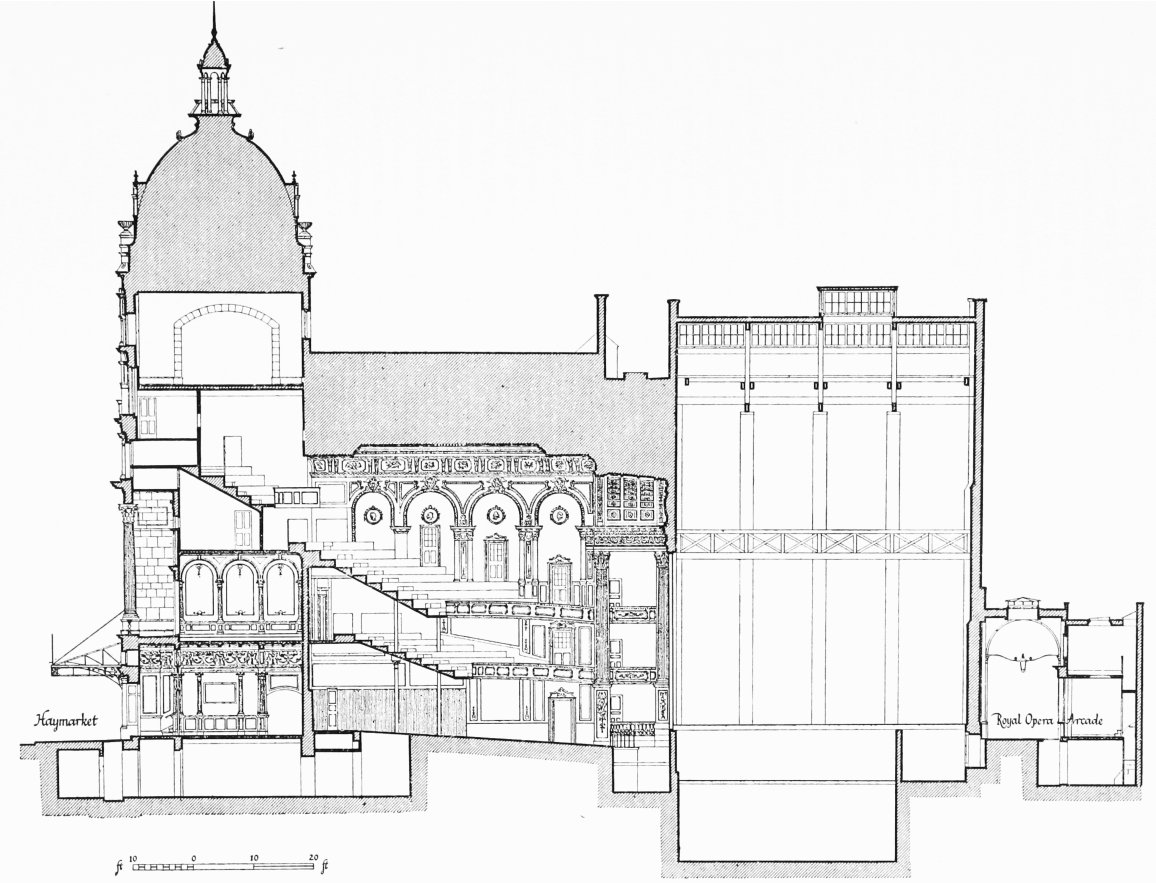by Donna Hatch
To
quote the famous first line of Pride and Prejudice: "It is a truth
universally acknowledged, that a single man in possession of a good fortune
must be in want of a wife."
It was also a universal
fact that a young lady of good breeding must be in want of a husband. Coming
"out" during the Regency, was crucial to a gently bred young lady's
future, since she basically had no future unless she married. Without being
"out" she could not attend dinner parties or balls or any other
society function. Basically, until she was out, she was considered a child.
Here are some fun facts about this vital process.
1. The young lady's parents decided when
she could come out—there was no set age. The very snooty Lady Catherine De
Bourgh from Price and Prejudice exclaimed over the Bennett family’s five girls
out at the same time. This suggests that the ages of the girls were not
surprising, but rather that so many from one family were out at the same time.
In Mansfield Park, people were
surprised to learn that Fanny Price was not yet out, who, if memory serves, was
seventeen (or nearly so) at the time. The age for coming out seems to have
ranged from fifteen to eighteen.

2. Trips to London for
the Season were not imperative to being out or finding a husband. Many young
ladies married well to someone from their home or neighboring towns. However, a
trip to London for the Season provided an exciting opportunity to meet any
number of eligible bachelors, including sons of peers, and indulge in all the
delights only London could offer.
3. Young ladies entering
society were not called “debutantes.” During the Regency, that term applied to
actresses debuting on stage. Sometime during the Victorian Era (which came
after the Regency Era) the term gradually began to apply to young ladies coming
out. About that time, parents started the tradition of throwing debutante balls. During
the Regency, one may or may not have a ball for a young lady new to society.
4. Not every young lady took her bows to the queen. It wasn't necessary to curtsy to the Queen prior to entering society and coming out. In fact, unless the lady was a daughter of a peer who wanted to appear in court, or the newly married wife of a peer, bowing to the queen would have been totally unnecessary. Also, Queen Charlotte didn't hold drawing rooms (where young ladies could be presented to her) on a regular basis between1811 and 1818 to due her health.
5.
Young ladies were required to have a chaperone with them at all times outside
of their home or while entertaining a male visitor. Maids were not
chaperones—they were too easily bribed or bullied. Male relatives were not
generally considered chaperones, but they might do in a pinch, depending on the
circumstances. The only truly appropriate chaperone was a matron or spinster of
good character and family, and who spoke with a genteel accent, generally of
the upper classes. Mothers or aunts were preferred chaperones. One might also
hired companion, a respectable woman who’d probably fallen on hard times enough
to need to earn wages, similar in class and situation as to those who became a
governess.
As a
mother of daughters, I’m kind of in favor of the idea of a chaperone.















